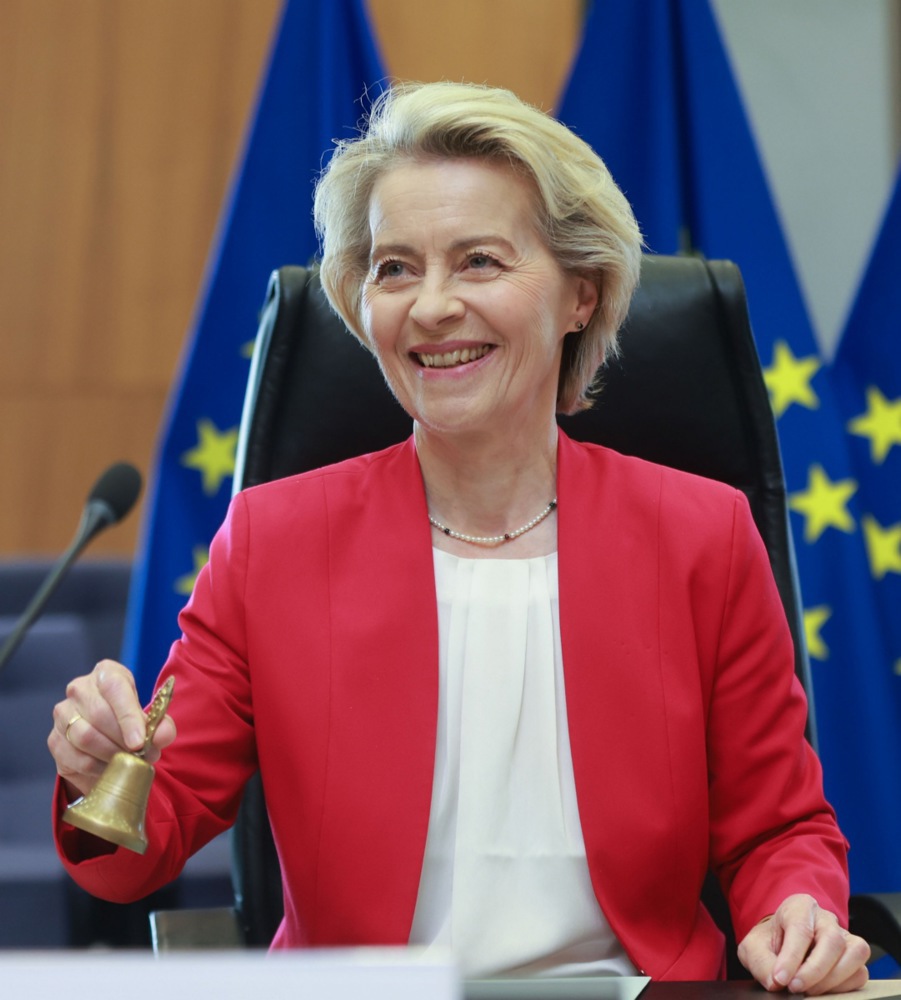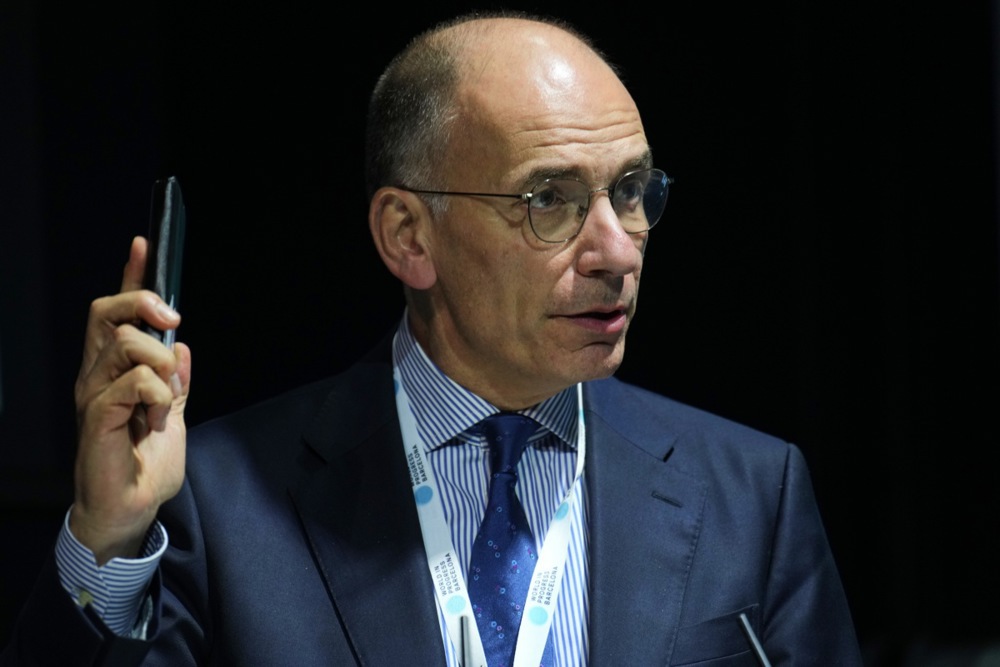Belgium’s defence spending is “about to leap” — and not just to stay in US President Donald Trump’s good books, the country’s defence minister has said.
“We are not doing this just to please Trump,” Theo Francken told Belgian public broadcaster VRT on June 9.
“To buy what is needed, with all countries together, and maintain it properly, you need about 3.5 per cent of GDP going on defence. That is also what was spent during the Cold War.
“If we can do that, we are very strong,” he said.
The remarks reflected a rare shift in Belgian strategic thinking — and came amid rising pressure from NATO, where US officials have revived the term “free-riders”.
The phrase referred to countries that benefited from alliance-wide security guarantees without making comparable contributions to military capacity — a criticism levelled at Belgium for years.
Francken has now made clear he wanted Belgium to reach NATO’s 2 per cent of GDP benchmark — and eventually go further.
“It is inevitable,” he said, that Belgium would move toward the 5 per cent target now being floated by Washington.
That suggestion drew some flak at home. Government coalition partner Sammy Mahdi, leader of the Flemish Christian Democrats (CD&V), said the 5 per cent goal was unrealistic for Belgium.
“NATO can decide that in The Hague,” he said, referencing the upcoming alliance summit in late June, “but it is not very realistic” for Belgium to comply, he added.
Belgium currently spends just over 1.1 per cent of GDP on defence — one of the lowest rates in NATO — and any rapid increase would demand deep trade-offs.
But Francken’s argument, supported by historical precedent, was that 3.5 to 5 per cent was normal during the Cold War. Today’s geopolitical pressure, especially regarding Russia, demanded a return to that position, he insisted.
NATO leaders were expected to formalise new spending targets at their summit in The Hague on June 24–25 June.
Trump, meanwhile, was expected to make an aggressive case at the G7 meeting in Canada from June 15–17, warning that allies who fell short could lose US military backing.
The idea of 5 per cent of GDP for defence — once dismissed as unrealistic — has gained traction, especially in eastern Europe and the US.
NATO Secretary General Mark Rutte, speaking after a preparatory meeting in Rome on June 12, said he was “fairly confident” an agreement could be reached.
That meeting, which included the foreign ministers of France, Germany, Italy, Poland, Spain and the UK, ended with a joint pledge to reinforce Europe’s contribution to NATO and build “a stronger and more sovereign” defence posture.
A May 2025 analysis by National Security Academy noted that Belgium, along with Luxembourg and Spain, has consistently underinvested in its military despite growing reliance on NATO infrastructure.
The authors argued that “continuing to operate below contribution thresholds undermines both credibility and deterrence”.
Belgian tech companies see strategic opportunity in the planned surge of defence budgets, with 195 firms preparing to enter the sector, according to a survey published on June 12.
Like others across Europe, they are positioning themselves amid growing geopolitical uncertainty, but warn that access to contracts remains limited by red tape and lack of certifications.
On 11 June, the European Investment Bank announced it would triple its support for the defence supply chain to €3 billion, aiming to ensure SMEs aren’t locked out of the shift.





